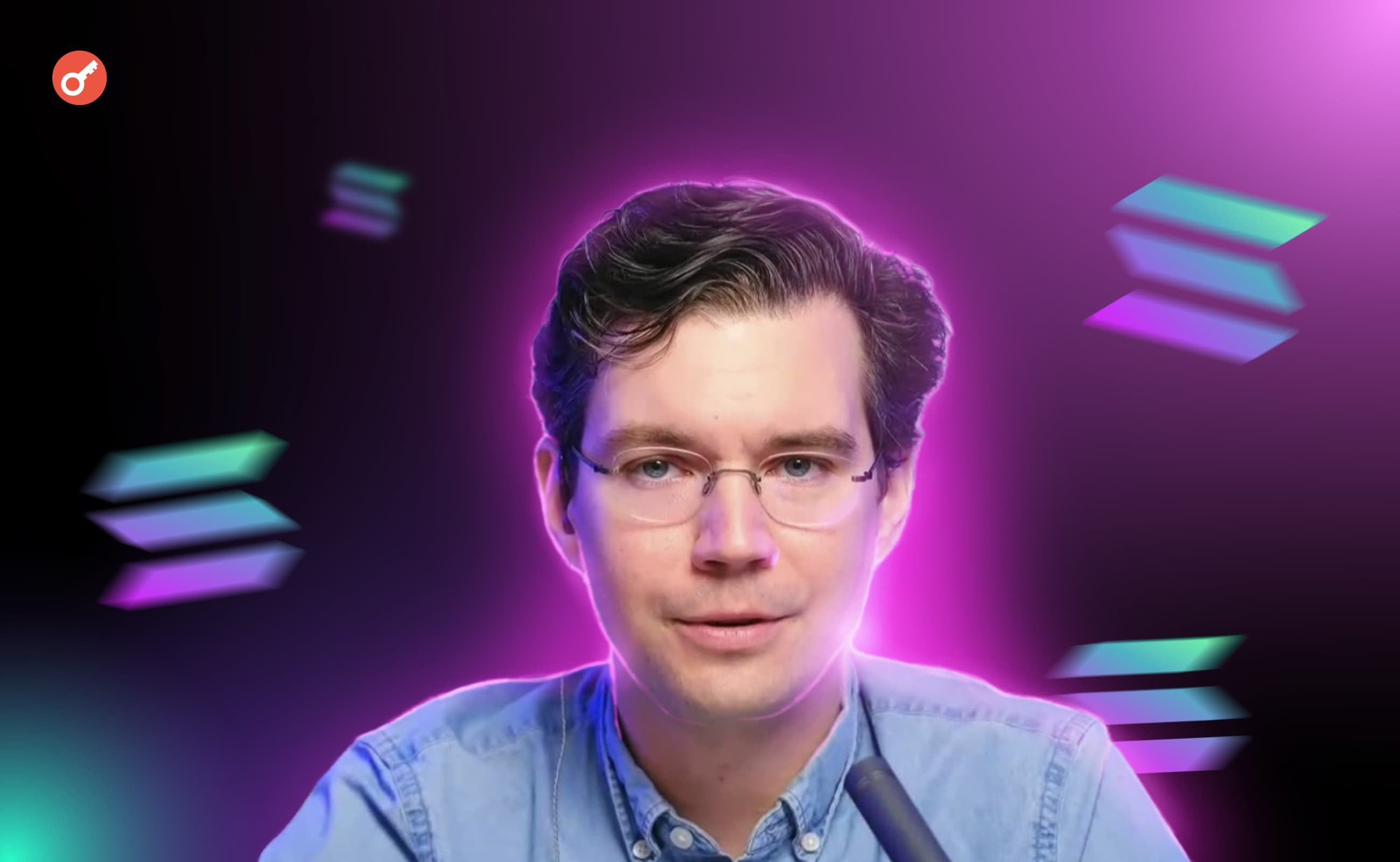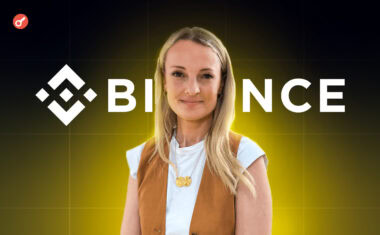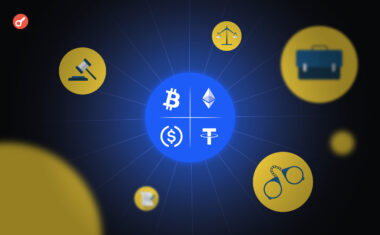Solana Foundation Head of Strategy, Austin Federa, on Industry Developments and Plans for 2024

In the second half of 2023, the Solana ecosystem saw a large influx of liquidity, and the blockchain itself will receive a number of technical updates that will increase its throughput and stability.
In an exclusive interview with Incrypted, Austin Federa, Head of Strategy at the Solana Foundation, discussed the team’s plans for 2024, the potential of artificial intelligence, and the future evolution of the industry.
In 2023, the Solana ecosystem is actively growing and attracting liquidity. What trends can the Solana Foundation highlight and what segments of the ecosystem do you see as most promising?
Projects building on Solana are truly driving innovation in the blockchain space. The network’s unique characteristics like high throughput, fast finality, and low transaction costs make it the ideal place to build the next generation of DeFi applications, DePIN, and decentralized community networks.
Projects like Hivemapper, Helium, Jupiter, and the Render Network are changing the way we think about what’s possible to build on top of blockchain.
How do you think the cryptocurrency industry will evolve in 2024?
The industry is emerging from nearly two years of market downturn and volatility. However, during the bear market we saw a tremendous level of innovation, especially from Solana’s global community of builders. The Solana community built through the bear and, as we enter 2024, we’re seeing the culmination of that determination and effort.
We’re going to see a renewed focus on building real-world solutions powered by blockchain technology. Major Web2 financial institutions like Visa and Shopify are building on public blockchains, and we expect that trend to continue, with more and more companies integrating blockchain technology into their businesses outside of limited pilots and skunkworks projects, becoming drivers of revenue and user growth.
Tell us about the Solana team’s plans for 2024. Will the developers implement any major technical updates?
The direction and priorities of Solana are determined by ecosystem projects and developers building on the network. Projects building on Solana leverage its standout features, including a unified global state, high-speed processing, rapid transaction confirmations, and cost-effectiveness.
At the Solana Foundation, we’re focused on developing low-level technologies and frameworks that expand what’s possible to build on top of Solana. Token Extensions represent one of these investments.
Token Extensions are designed to make it even easier for businesses and advanced developers to build compliant and flexible products, with entirely new types of token experiences.
As for technical updates, the network looks forward to the mainnet launch of Firedancer, a next-generation independent validator client designed by Jump Crypto. After a successful testnet launch of Firedancer. Firedancer will increase the network’s speed, reliability, and validator diversity.
In May, the Solana Foundation launched the ChatGPT plugin, developed by Solana Labs, and announced an AI accelerator program and grants. What do you think about the synergy between AI and blockchain? What opportunities does Solana Foundation see in this direction?
These technologies are not directly related, but AI and blockchain complement each other in a number of different ways that enhance the efficiency, security, and transparency of blockchain and AI-based applications.
For example, blockchain technology can be a reliable source of data for training AI models while also providing a secure home for this data on an immutable ledger. AI can enhance blockchain technology through fraud detection and security, DAO governance, and energy efficiency, impacting a range of industries from finance and healthcare to supply chain management and cybersecurity.
I think it will be some time before we see AI running on decentralized networks natively, but that future is also coming.
In 2023, we have seen a lot of initiatives to integrate different stablecoins into Solana. How do you see the future of this segment? Which type of stablecoins do you see as more promising?
Stablecoins are an incredibly important part of the blockchain ecosystem and economy, and Solana’s characteristics make it ideal for stablecoin transactions.
In the last week [conversation took place on January 5th – Incrypted], we’ve seen Solana’s stablecoin volume exceed any other network, and I think we’re likely to see that trend continue into 2024. Additionally, new features in Token Extensions increase the network’s attractiveness for stablecoin issues operating in highly regulated environments.
One thing I would like to see in 2024, is that the term Stablecoin or Payment Stablecoin be reserved for 1:1 fiat-backed digital assets.
It is no secret that the US market is one of the most important for cryptocurrencies. As long as the jurisdiction does not have clear rules for the regulation of digital assets, there remains an overhang in the form of the threat of prosecution by regulators.
For example, in the lawsuit against Binance, the SEC called SOL a security, and the Solana Foundation said it disagreed.
How do you see the evolution of the regulatory landscape in the US? What are the implications of such a heavy-handed policy?
We at the Solana Foundation hope to see crypto remain in the US and we want to continue to support the industry here. More regulatory clarity is certainly necessary, and we view it as a net positive for the industry.
The Foundation works closely with industry partners, projects within the Solana ecosystem, and regulators to help educate and develop guardrails for the industry.
We are seeing more US founders move abroad than before, and the reason is almost always a lack of regulatory clarity on how they can build their product and vision.
The Solana Saga smartphone has made a lot of noise, especially at the end of 2023. Will Solana Mobile continue to develop in this direction? Should we wait for a new model?
The people at Solana Labs seem extremely excited by this surge in momentum and interest in Saga. It is better to ask them about their plans for product development.
More broadly, this is just the beginning of the Web3 mobile revolution. Saga represents a massive opportunity for Web3 apps that are looking to incentivize their users because it gives them a concentrated distribution channel to target crypto-dedicated users who are seeking out those incentives, without any app fees.




